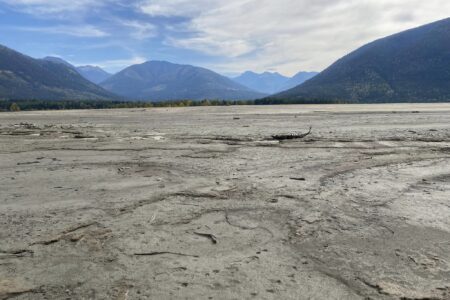Waste heat recovery: The next wave of clean tech
By Jason Gold, KGRA Energy
The terms renewable energy and clean technology conjure up images of photovoltaic panels baking in the desert sun, wind turbines rotating lazily in the wind, and large dams generating hydro-power.
However, there is another important and growing clean energy technology that the average consumer hasn’t heard of yet: waste heat recovery.
Waste heat recovery employs a process that has been around since the 1960s called the organic Rankine cycle (ORC), which easily integrates into existing manufacturing infrastructures.
ORC units capture heat that is currently being released into the atmosphere and converts it into useable CO2-free electricity.
This technology has a small footprint, approximately the size of a tractor trailer flatbed and interest in systems that use this energy generating skid is on the rise as companies look to maximize the efficiency of existing investments and infrastructures.
The market for waste heat recovery is virtually limitless. According to researchers at University California Berkley, the U.S. currently consumes about 100 quadrillion BTUs of energy per year.
However, between 55 and 60 quadrillion BTUs are currently vented into the atmosphere as waste heat. With ORC technology these emissions are harnessed on-site to generate useable CO2-free electricity that is fed directly back into a manufacturing process.
Pulp and paper, lumber, refinery, cement and power plant operations are especially well-suited for waste heat recovery systems since they consume large amounts of electricity and maintain consistent waste heat streams with temperatures between 400° and 800°F.
ORC employs environmentally benign refrigerants in a closed-loop system that turn waste heat into useable electricity. Given its relative simplicity, carbon neutrality and diminutive physical footprint, ORC is one of the most inexpensive sources of renewable power generation.
Also, its high utilization rate (95 per cent) far eclipses the 25-35 per cent utilization rates seen in other renewable technologies, such as solar and wind.
A wave of new project development activity has occurred as a result of rising energy costs and growing environmental concern. Recent improvements in the ORC manufacturing process have made the systems modular, customizable, and easily deployed.
Also, the rise of independent project managers has also hastened adoption; allowing customers to focus on energy savings while project managers design, engineer, construct and operate the plants.
Waste heat recovery delivers a win-win clean energy solution. By tapping into existing but unused energy sources companies reduce energy spending, reduce carbon footprints and reduce dependence on non-renewable sources of energy. And that’s why waste heat is about to become a lot more relevant.
Jason Gold is the chief executive officer of KGRA Energy, LP, a developer of electricity generation projects that harvest waste heat to create clean, renewable energy.
























Comments